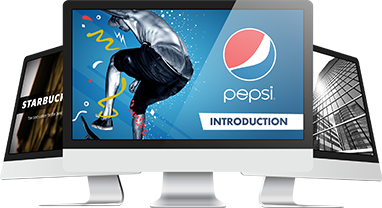Gesturing comes naturally in pitches. Hand gestures are nonverbal cues that convey your enthusiasm while communicating a hidden story.

Let’s look at four common hand movements—palm up, palm down, precision grip, and power grip.
Palm Up
Uplifted palms connote humility and sincerity. As Brad Phillips writes in Mr. Media Training, Allan and Barbara Pease’s The Definitive Book of Body Language features the positive reception of the palm-up position compared to other gestures.
Speaking with your palms up is not only useful during actual discussion but also when reaching out to your audience. This works better than pointing your finger at them for questions and opinions. Use this gesture to look appealing and friendly.
Palm Down
The palm-down cues a more domineering and assertive tone. This position is ideal in situations where something is being denied and negated. You can also use this when making a stand. To bring your audience closer to your point of view, just place your hands down, facing towards your chest. This move communicates your desire to persuade your listeners.
Precision Grip
According to body language research pioneer, Desmond Morris, the role of the precision grip is to “mark the points of emphasis in a speech.” Put the thumb and forefinger together to emphasize the points being discussed.
Use grips when stating facts, describing your argument’s delicate points, and highlighting important details.
Power Grip
A grasp or a power grip is similar to the precision grip, but it uses the whole hand, with fingers firmly spread and bent either facing to your audience or onto yourself.
The power grip is the nonverbal way of saying, “I’m holding on to something and I want you to understand it.” Use this to give your audience a better grip on a problem you’re explaining.
—
Your hand gestures dramatically alter how your audience listens to you. These body movements imply authority, sincerity, humility, and other emotions required to command attention.
Use these to sound confident and conversational during your pitch. With enough practice, you’ll be landing big sales with simple gestures in no time.

Download free pitch deck templates now.
Get professionally designed pitch deck slides weekly.
Sign Up NowReferences
“Can You Become 56 Percent Better At Presenting–Instantly?” Mr Media Training. Accessed June 2, 2015.
Morris, Desmond. “Baton Signals.” Peoplewatching. London: Vintage, 2002.


